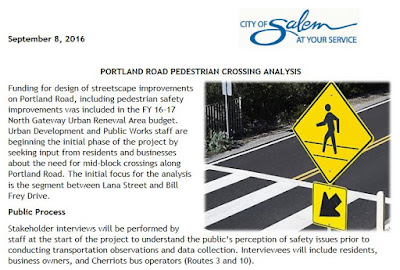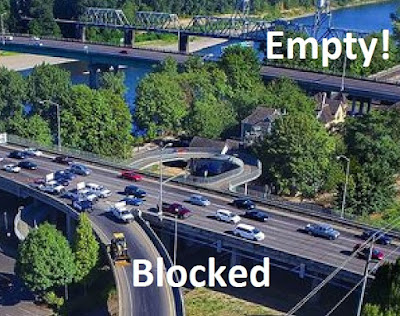Change threatens real loss. The tension between historic preservation and infill redevelopment can be mitigated, but it is real. To make neighborhoods more walkable, to minimize the carbon footprint of neighborhoods, and increase the supply of affordable housing means necessarily that the texture of intact single-family residential neighborhoods cannot remain unaltered. Here in Salem we have seen how our Historic Districts have been created with withstand "encroachment," but it is increasingly clear that some elements of encroachment will ultimately be necessary.
Still, it is unseemly for a stranger to walk around town cheering upzoning without also thinking about why some might not welcome it. So even as it was interesting to consider upzoning in Eugene's close-in neighborhoods, it was also meaningful to consider what might be lost - and what already has been lost. Eugene has a rich history and, with the help of a terrific guide, it was by turns delightful and sad to think about it while walking and biking.
 |
| Gothic Revival Mims House on High Street |






































